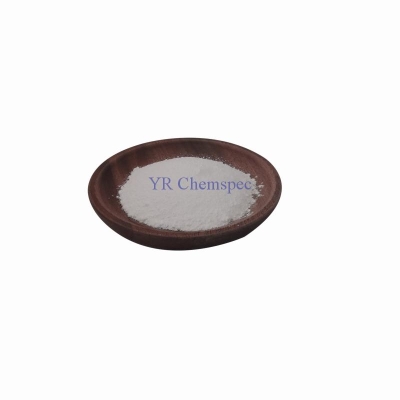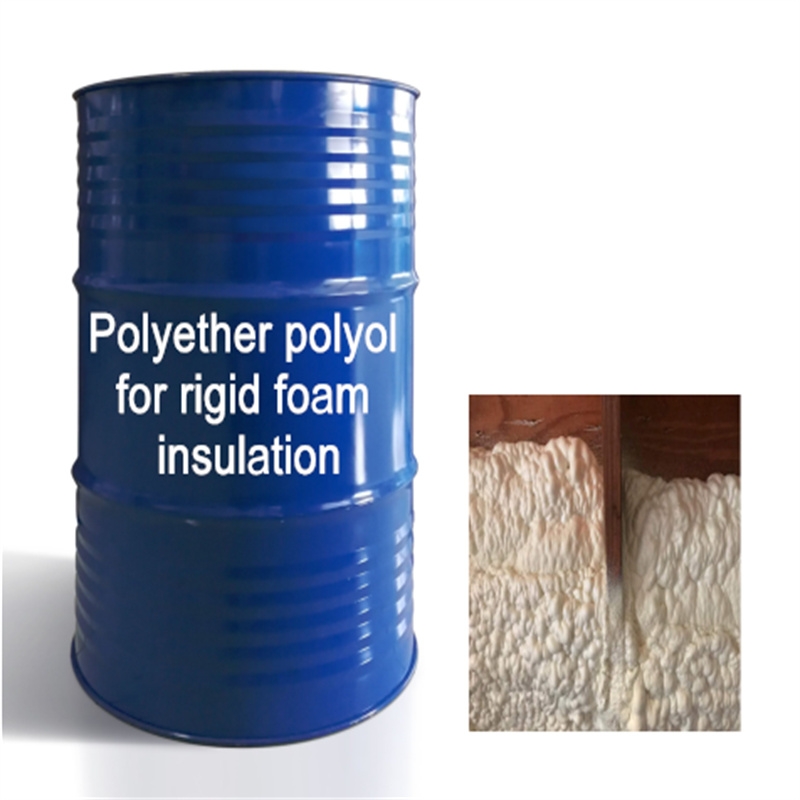-
Categories
-
Pharmaceutical Intermediates
-
Active Pharmaceutical Ingredients
-
Food Additives
- Industrial Coatings
- Agrochemicals
- Dyes and Pigments
- Surfactant
- Flavors and Fragrances
- Chemical Reagents
- Catalyst and Auxiliary
- Natural Products
- Inorganic Chemistry
-
Organic Chemistry
-
Biochemical Engineering
- Analytical Chemistry
- Cosmetic Ingredient
-
Pharmaceutical Intermediates
Promotion
ECHEMI Mall
Wholesale
Weekly Price
Exhibition
News
-
Trade Service
3.
(1) Brief description
Nitrogen determination is an analytical method for determining the amount of nitrogen in nitrogen-containing organic matter
(2) Instruments
1.
2.
3.
(3) Test drug
1.
2.
3.
(4) Operation method
1.
(1) Weigh the sample: Take an appropriate amount of the test product (approximately equivalent to 25-30mg of nitrogen), accurately weigh it, and place it in a dry 500ml Kjeldahl flask
(2) Digestion: Add 10g of potassium sulfate (or anhydrous sodium sulfate) and 0.
(3) Distillation: add 75ml of 40% sodium hydroxide solution along the wall of the bottle, make it flow to the bottom of the bottle to form a liquid layer, add zinc particles, and connect the Kjeldahl flask with the condenser tube with a nitrogen ball; take another 2% Place 50ml of boric acid solution in a 500ml conical flask, add 10 drops of methyl red-bromocresol green indicator solution; immerse the lower end of the condenser tube under the surface of the boric acid solution, gently swing the Kjeldahl flask to make the solution evenly mixed.
(4) Titration: The distillate is titrated with sulfuric acid titrant (0.
2.
(1) Distillation device (Figure 14-2): In the figure, A is a 1000ml round-bottomed flask, B is a safety bottle, C is a distiller with a nitrogen balloon, D is a funnel, E is a straight condenser, and F is 100ml Erlenmeyer flask, G and H are rubber tube clamps
Connect the distillation device, add a few drops of water and methyl red indicator to bottle A, add dilute sulfuric acid to make it acidic, add glass beads or zeolite, add about 50ml of water from the D funnel, close the G clamp, open the condensed water, and boil A When the water in the bottle condenses from the tip of the condenser tube, remove the fire source, close the H clamp, so that the water in the C bottle is pumped back to the B bottle, open the G clamp, release the water in the B bottle, and close B Bottle and G clamp, insert the tip of the condenser tube into about 50ml of water, so that the water is drawn back from the tip of the condenser tube to bottle C, and then to bottle B, and put it away as above
.
In this way, the instrument is washed 2 to 3 times
.
(2) Weigh the sample: Take an appropriate amount of the test product (approximately equivalent to a nitrogen content of 1.
0~2.
0mg), accurately weigh it, and place it in a dry 30-50ml Kjeldahl flask
.
(3) Digestion: Add 0.
3 g of potassium sulfate (or anhydrous sodium sulfate) and 5 drops of 30% copper sulfate solution in the flask, then add 2.
0 ml of sulfuric acid along the wall of the bottle ; put a small funnel on the mouth of the Kjeldahl flask, and Place the flask at an angle of 45°, slowly heat it with a small fire to keep the solution below the boiling point, wait until the boiling stops, gradually increase the firepower, and after boiling until the solution becomes clear and green, continue heating for 10 minutes unless otherwise specified.
Let it cool and add 2ml of water
.
(4) Distillation: Take 10ml of 2% boric acid solution, put it in a 100ml conical flask, add 5 drops of methyl red-bromocresol green mixed indicator solution, and insert the tip of the condenser below the liquid surface
.
Then, transfer the contents of the Kjeldahl flask to the distillation flask C via the funnel D, rinse the Kjeldahl flask and the funnel several times with a small amount of water, add 10ml of 40% sodium hydroxide solution, and wash the funnel several times with a small amount of water.
Close the G clamp, heat the bottle A to distill until the boric acid liquid turns from wine red to blue-green, continue to distill for about 10 minutes, lift the tip of the condenser tube to the surface, let the steam continue to rinse for about 1 minute, and rinse the tip with water Then stop the distillation
.
(5) Titration: Titrate the distillate with sulfuric acid titrant (0.
005mol/L) until the solution changes from blue-green to gray-purple, and use a blank test for the result of the titration (the volume of the distillate obtained from the blank and the test product should be Basically the same, about 70~75ml) calibration
.
1ml of each titration solution of sulfuric acid (0.
005mol / L) corresponds to the N 0.
1401mg
.
3.
The third method (nitrogen determination method)
(1) Weigh the sample: According to the nitrogen content of the test product, weigh the sample with the constant method or the semi-micro method and place it in the digestive tube
.
(2) Digestion: add appropriate amount of potassium sulfate, copper sulfate and sulfuric acid in turn, put the digestion tube into the digestion apparatus, and start digestion according to the method of the instrument manual [usually 150℃, 5 minutes (remove water); 350℃, 5 minutes ( Close to the boiling point of sulfuric acid); 400°C, 60-80 minutes] until the solution becomes clear and green, continue to digest for another 10 minutes, take it out, and cool
.
(3) Distillation and titration: Put the prepared lye, absorption solution and appropriate titration solution into the corresponding bottles of the automatic distillation instrument, and install the cooled digestion tube in the correct position according to the requirements of the instrument manual, and close the safety door , Connect the water source, set the amount of reagents, time, cleaning conditions and instrument parameters, etc.
, turn on the automatic distillation instrument to start automatic distillation and titration
.
Semi-automatically take the distillate and determine the nitrogen content by titration according to the first method or the second method
.
(5) Matters needing attention
1.
The distiller should be steamed and cleaned for more than 15 minutes before distillation
.
2.
If the sample to be used is more than 0.
1g, the amount of sulfuric acid should be appropriately increased to complete the digestion, and the amount of 40% sodium hydroxide solution should be increased accordingly
.
3.
The digestive juice should be kept cold and then slowly add water along the bottle wall to prevent local overheating and bumping and flushing out of the bottle
.
4.
More than 80% of the ammonia is distilled out in the first 1-2 minutes.
The initial steaming speed should not be too fast, so as to avoid the ammonia can not be absorbed in time after it is evaporated and lost
.
5.
The distilled ammonia receiver solution should be titrated as soon as possible to avoid too long storage time, which will affect the measurement results
.
(6) Record
Record the weighing volume of the test product and the consumption volume of the titrant
.
(7) Calculation formula:
In the formula, T is the titer (mg/ml); Vs is the volume of the titrant consumed by the test sample (ml); V0 is the volume of the titrant consumed by the blank (ml); F is the correction factor of the titrant; W is the supply The weight of the test product: 2 copies of the test product are measured in parallel, and the relative deviation of the constant method should generally not exceed 0.
5%; the relative deviation of the semi-micro method should not exceed 1.
0%; 2 copies of the blank, the range should not exceed 0.
05ml
.







